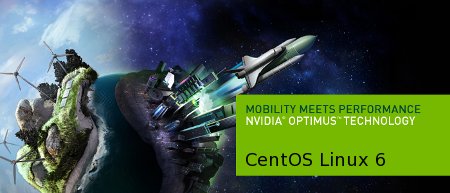
I have just bought a new Dell Inspiron laptop, a N5110, and it has two graphics chipsets: one Nvidia GPU and an integrated Intel GPU. The Nvidia GPU is powerful and power-hungry. The Intel GPU is not that powerful (so forget about games) but requires much less power and, consequently, is much better to use on a laptop when not playing games (which I personally never do on this laptop). In theory, Nvidia Optimus technology allows the laptop to change from the Intel to the Nvidia GPU and vice-versa seamlessly… but this does not work out of the box on CentOS Linux 6 which is my preferred Linux distribution for serious work.
Here is how I made Nvidia Optimus work well enough on my laptop running CentOS Linux 6 64-bits (x86_64):
Enable the ELRepo repositories:
- wget http://elrepo.org/linux/elrepo/el6/x86_64/RPMS/elrepo-release-6-4.el6.elrepo.noarch.rpm
- yum localinstall elrepo-release-6-4.el6.elrepo.noarch.rpm
Install VirtualGL to allow full 3D acceleration in Linux:
- wget http://sourceforge.net/projects/virtualgl/files/VirtualGL/2.3.1/VirtualGL-2.3.1.x86_64.rpm/download
- yum localinstall VirtualGL-2.3.1.x86_64.rpm
Install Bumblebee to add support for Nvidia Optimus in Linux:
- groupadd bumblebee
- yum –enablerepo=elrepo-testing install bumblebee kmod-bbswitch
- chkconfig bumlebeed on
- service bumlebeed start
Once this is done, the laptop will start using the Intel GPU. The optirun command can then be used to switch to the Nvidia GPU on a ad-hoc basis (e.g. optirun glxgears -info)
Now I need to make my Synaptics trackpad work!
